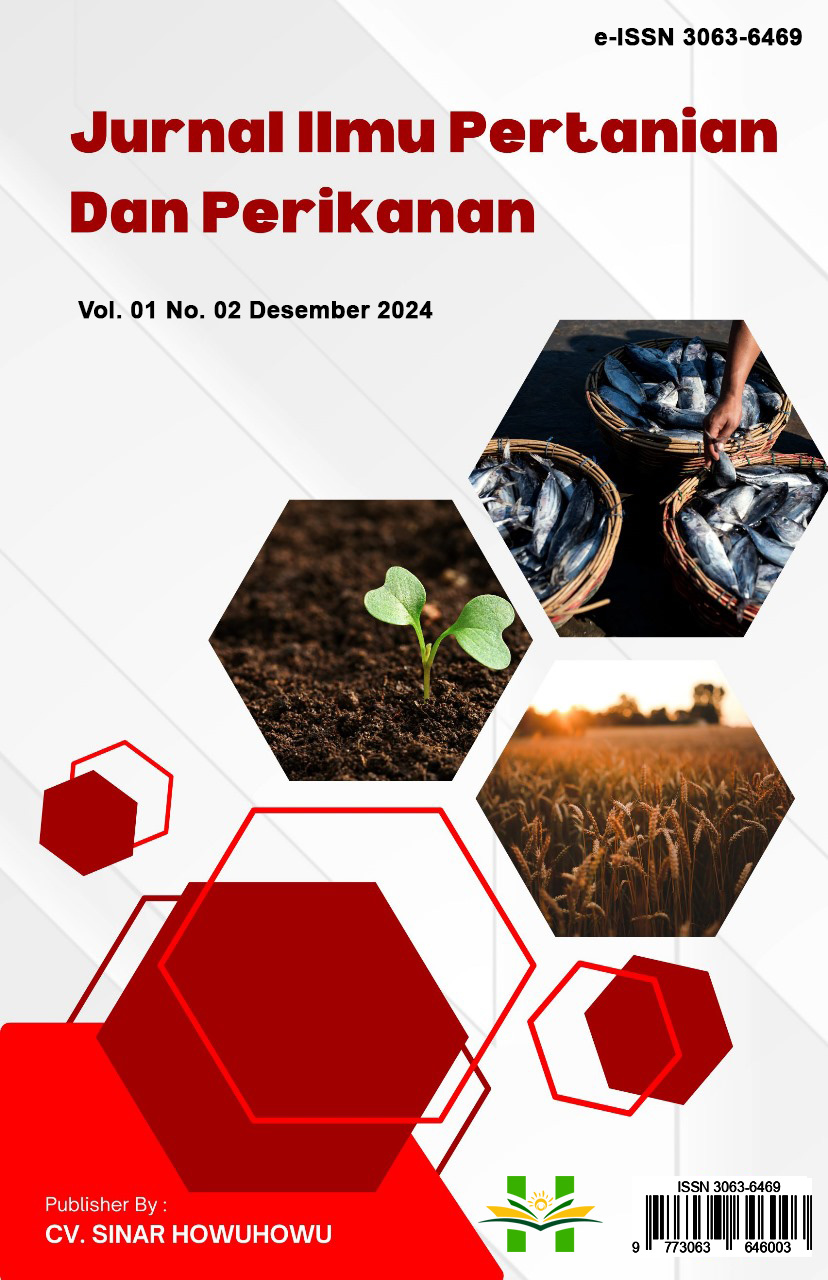Analisis Permeabilitas Tanah Berpasir Dan Tanah Lempung Dalam Hubunganya Dengan Manajemen Irigasi
DOI:
https://doi.org/10.70134/penarik.v1i1.63Keywords:
soil permealibity, sandy soil,clay soil, irrigation management, water use efficiencyAbstract
This research examines the permeability characteristics of sandy and clay soils and their implications for irrigation management in agricultural systems. Soil permeability is a key factor in determining water use efficiency and optimal irrigation strategies. The research methodology includes laboratory analysis of sandy and clay soil samples from various agricultural locations, measuring physical soil characteristics, infiltration rates, water storage capacity, and hydraulic conductivity. The results show significant differences between the two soil types, where sandy soil has high permeability ranging from 10^-3 to 10^-2 cm/second, low water storage capacity, and rapid infiltration rates, thus requiring more frequent irrigation with smaller volumes. In contrast, clay soil has low permeability ranging from 10^-7 to 10^-6 cm/second, high water storage capacity, and slow infiltration rates, requiring less frequent irrigation with larger volumes. Based on these results, specific irrigation management recommendations were developed that include irrigation schedule adjustments, water volume regulation, selection of appropriate irrigation methods, and water conservation techniques. This research provides important contributions to optimizing irrigation water use based on soil permeability characteristics, which can improve water use efficiency and agricultural productivity.
Downloads
Downloads
Published
Issue
Section
License
Copyright (c) 2024 Jul Krisman Hura, Murniwati Gulo (Author)

This work is licensed under a Creative Commons Attribution-ShareAlike 4.0 International License.













